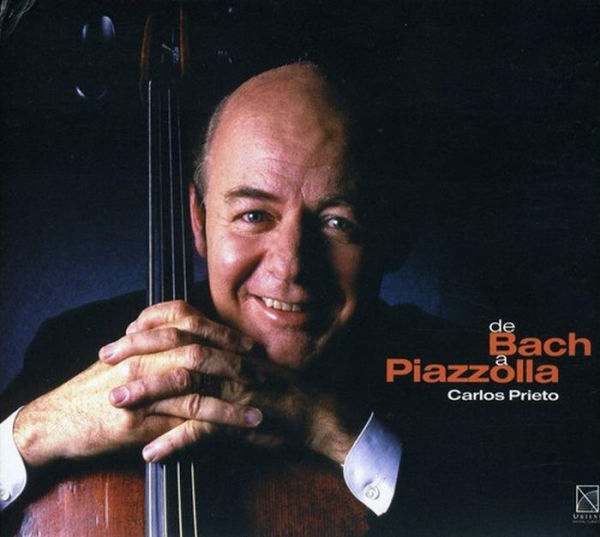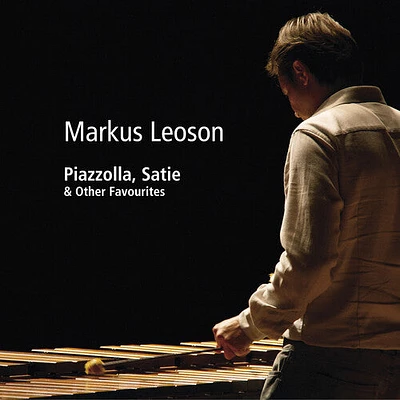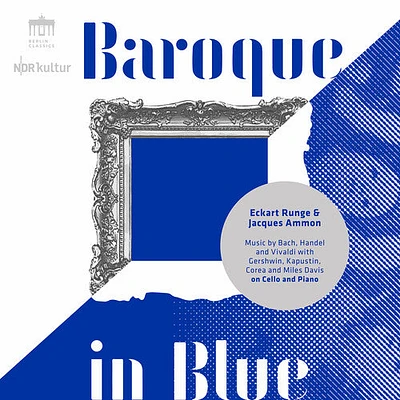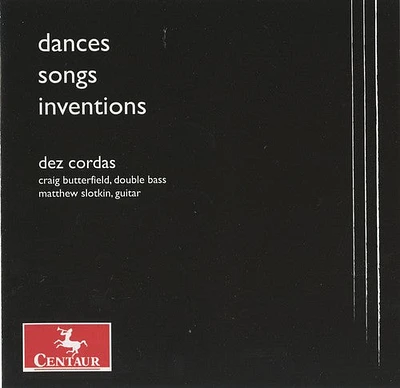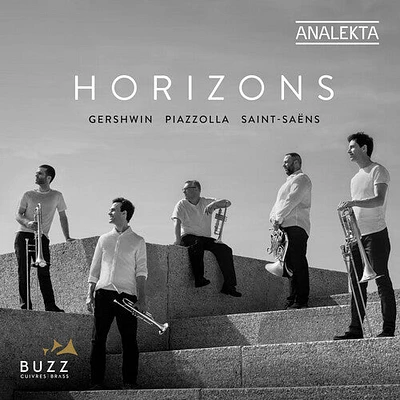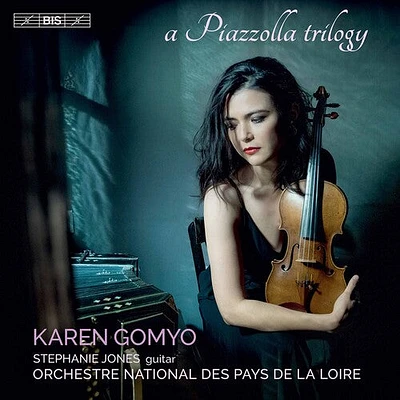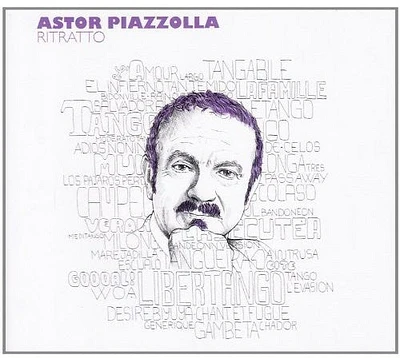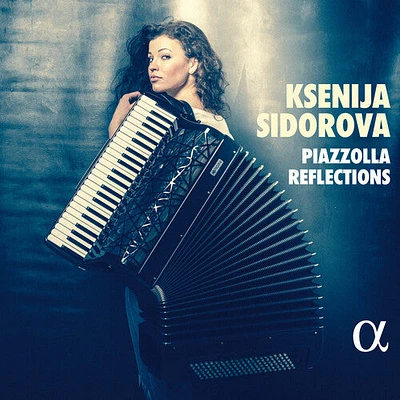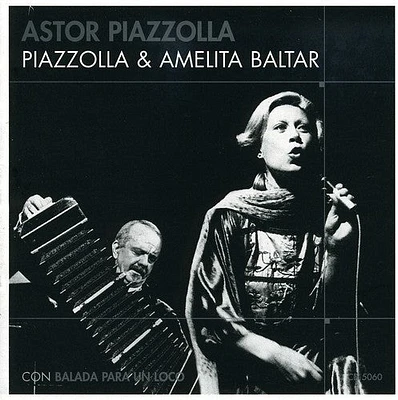Home
Bach & Piazzolla
Loading Inventory...
Barnes and Noble
Bach & Piazzolla
Current price: $22.99
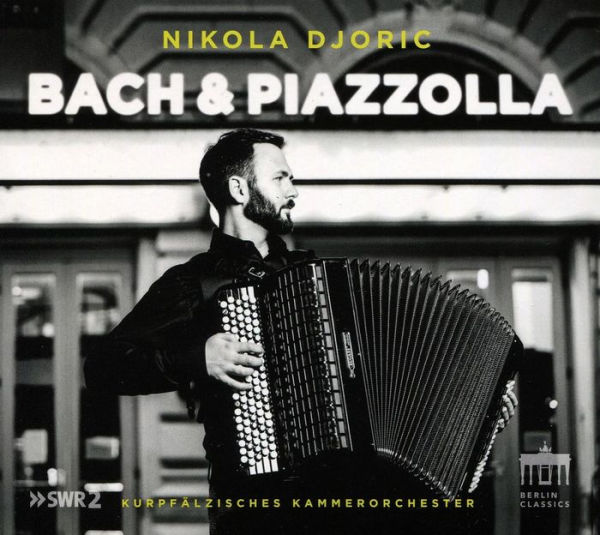

Barnes and Noble
Bach & Piazzolla
Current price: $22.99
Loading Inventory...
Size: OS
*Product Information may vary - to confirm product availability, pricing, and additional information please contact Barnes and Noble
Accordionist
Nikola Djoric
has devoted himself to expanding the repertory for his instrument, and indeed, he indicates here that he came to the music of
Bach
well before that of
Piazzolla
, who wrote his nuevo tango music mostly for the bandoneon, a close relative of the accordion that is also known as the German concertina. An apparatus outlined in the booklet organizes the program around the year 1829, when
Mendelssohn
conducted
's
St. Matthew Passion
in Berlin and when an ancestor of the German concertina was first patented. This coincidence in itself doesn't do much to tie the music together, especially inasmuch as it is
harpsichord concertos, not the
, that are involved. Although
Concerto for string orchestra, bandoneon, and percussion
is written in the traditional three-movement concerto form, and
Djoric
seems to have picked the
Keyboard Concerto No. 7 in G minor, BWV 1058
, for the syncopation-like anacrusis on which it is built, the
comes as quite a lurch.
's performance of the
, however, is quite expressive, and it's good to have a fresh recording of the piece on an accordion; it is not recorded often on any instrument.
states that no arrangement has been done here outside of transferring
to the accordion, but that's not quite true; he plays the
concertos without a continuo, and the slow movements sound a little bare. The piano that peeks out from various points in the
concerto shows what might have been done with the
. The work of the
Kurpfaelzischer Kammerorchester
is clean, however, and there's no denying that to hear
on the accordion is to hear him with fresh ears. Accordion fans will surely enjoy this release. ~ James Manheim
Nikola Djoric
has devoted himself to expanding the repertory for his instrument, and indeed, he indicates here that he came to the music of
Bach
well before that of
Piazzolla
, who wrote his nuevo tango music mostly for the bandoneon, a close relative of the accordion that is also known as the German concertina. An apparatus outlined in the booklet organizes the program around the year 1829, when
Mendelssohn
conducted
's
St. Matthew Passion
in Berlin and when an ancestor of the German concertina was first patented. This coincidence in itself doesn't do much to tie the music together, especially inasmuch as it is
harpsichord concertos, not the
, that are involved. Although
Concerto for string orchestra, bandoneon, and percussion
is written in the traditional three-movement concerto form, and
Djoric
seems to have picked the
Keyboard Concerto No. 7 in G minor, BWV 1058
, for the syncopation-like anacrusis on which it is built, the
comes as quite a lurch.
's performance of the
, however, is quite expressive, and it's good to have a fresh recording of the piece on an accordion; it is not recorded often on any instrument.
states that no arrangement has been done here outside of transferring
to the accordion, but that's not quite true; he plays the
concertos without a continuo, and the slow movements sound a little bare. The piano that peeks out from various points in the
concerto shows what might have been done with the
. The work of the
Kurpfaelzischer Kammerorchester
is clean, however, and there's no denying that to hear
on the accordion is to hear him with fresh ears. Accordion fans will surely enjoy this release. ~ James Manheim
